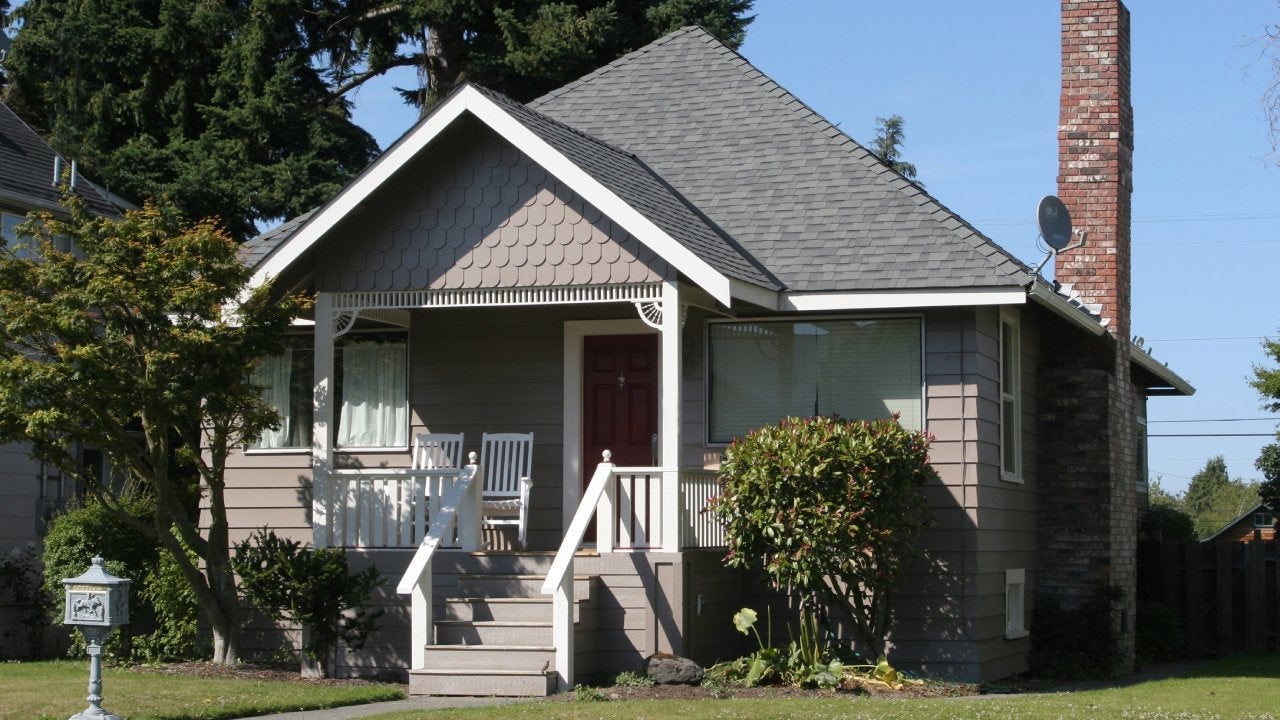Compare current mortgage rates for today
What type of home loan are you looking for?
How it works
Compare top rates
See low rates from over 100+ lenders.
Select a lender
Get custom quotes in under 2 minutes.
See your savings
You could take hundreds off your mortgage.
ON THIS PAGE
Top offers on Bankrate vs. national average interest rates
Hover for more
For the week of October 20th, top offers on Bankrate are X% lower than the national average. On a $340,000 30-year loan, this translates to $XXX in annual savings.
Today's national mortgage interest rate trends
On Thursday, October 24, 2024, the current average interest rate for a 30-year fixed mortgage is 6.71%, rising 17 basis points over the last week. If you're looking to refinance your current loan, the average 30-year fixed refinance interest rate is 6.71%, increasing 15 basis points since the same time last week. In addition, today's current average 15-year fixed refinance interest rate is 6.02%, rising 19 basis points over the last seven days. For now, the consensus is that mortgage rates will ease down in 2024. Whether you need a mortgage now or plan to get one in the next year or two, it’s crucial to compare offers. Bankrate can connect you with current offers on various types of loans, often well below the national average. We display the lender’s interest rate, APR (rate plus costs) and estimated monthly payment to help you more easily find the best mortgage for your needs.On Thursday, October 24, 2024, the national average 30-year fixed mortgage APR is 6.76%. The average 15-year fixed mortgage APR is 6.08%, according to Bankrate's latest survey of the nation's largest mortgage lenders.
On Thursday, October 24, 2024, the national average 30-year fixed mortgage APR is 6.76%. The average 15-year fixed mortgage APR is 6.08%, according to Bankrate's latest survey of the nation's largest mortgage lenders.
At Bankrate we strive to help you make smarter financial decisions. While we adhere to strict editorial integrity, this post may contain references to products from our partners. Here's an explanation for how we make money.
Mortgage rates in other states
- United States
- Alabama
- Alaska
- Arizona
- Arkansas
- California
- Colorado
- Connecticut
- Delaware
- Florida
- Georgia
- Hawaii
- Idaho
- Illinois
- Indiana
- Iowa
- Kansas
- Kentucky
- Louisiana
- Maine
- Maryland
- Massachusetts
- Michigan
- Minnesota
- Mississippi
- Missouri
- Montana
- Nebraska
- Nevada
- New Hampshire
- New Jersey
- New Mexico
- New York
- North Carolina
- North Dakota
- Ohio
- Oklahoma
- Oregon
- Pennsylvania
- Rhode Island
- South Carolina
- South Dakota
- Tennessee
- Texas
- Utah
- Vermont
- Virginia
- Washington
- Washington DC
- West Virginia
- Wisconsin
- Wyoming



